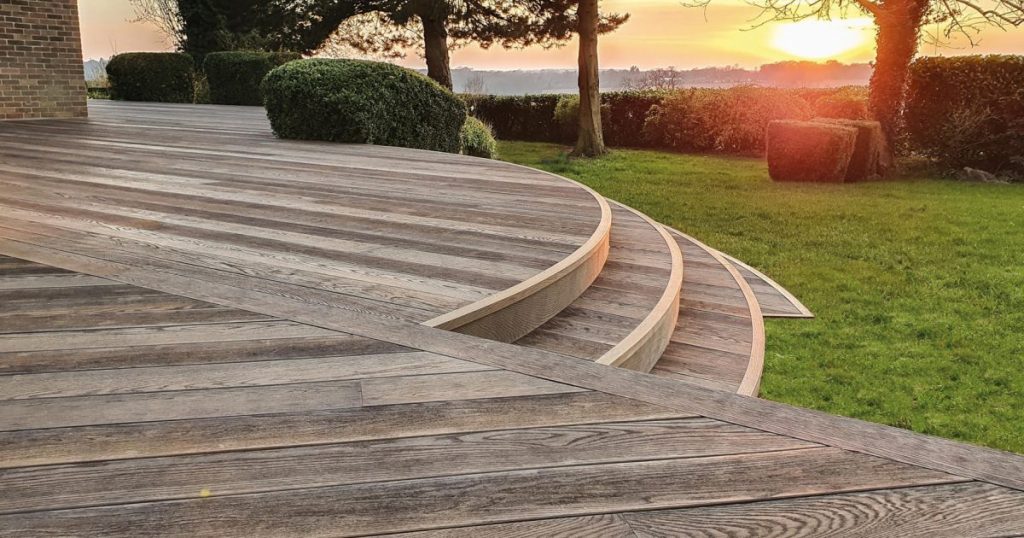Design Dialogues – Conversations in Wooden Decking Trends
In the realm of architectural design, the conversation surrounding wooden decking trends has evolved into a captivating dialogue, merging traditional craftsmanship with contemporary innovation. The allure of wooden decks lies not only in their functional purpose but also in their aesthetic contribution to outdoor spaces. As we embark on this exploration, the intersection of sustainability and style emerges as a pivotal theme. A shift towards eco-conscious choices is steering designers and homeowners alike towards responsibly sourced materials and environmentally friendly finishes. This emphasis on sustainability has sparked a renaissance in the use of reclaimed wood, showcasing the inherent beauty of weathered, repurposed planks that tell a story of their own. The dialogue extends beyond the material itself, delving into the art of blending indoor and outdoor spaces seamlessly. Modern wooden deck designs often incorporate elements that mirror interior trends, creating a fluid transition from the living room to the open-air deck.

In the dialogue on wooden decking, the concept of modular designs has gained prominence, allowing for flexible configurations that adapt to diverse spatial requirements. Homeowners are increasingly drawn to the versatility afforded by modular deck systems, enabling them to customize their outdoor spaces based on changing needs – be it an intimate gathering, a sun-soaked reading nook, or a vibrant entertainment area. This adaptability not only enhances functionality but also aligns with the modern ethos of dynamic living. Another noteworthy trend in this ongoing conversation is the infusion of technology into wooden decking. Integrated lighting, automated irrigation systems, and even climate control mechanisms are becoming integral components of deck designs, amplifying the user experience and extending the utility of outdoor spaces into the evening hours and colder seasons. As the dialogue on wooden decking unfolds, the significance of texture and pattern cannot be overlooked. Designers are experimenting with innovative laying patterns, such as herringbone and chevron, to add a layer of visual interest to the wooden surfaces.
The tactile quality of the decks is enhanced through the use of varied wood grains and finishes, creating a sensory-rich environment that invites touch and connection with the natural elements. This exploration of texture is not limited to the decking boards alone; it extends to the incorporation of planters, pergolas, and even artistic installations, fostering a holistic sensory experience within the outdoor realm. In conclusion, the ongoing conversations in wooden decking trends embody a harmonious blend of tradition and innovation, sustainability and style, functionality and aesthetics. As the dialogue continues to evolve, it paints a vivid picture of outdoor spaces as extensions of our living environments, where the nuances of design contribute to a holistic and enriching lifestyle and view the page for more details https://www.totallyhomestead.com/enhancing-business-open-air-spaces-with-resilient-ipe-wood-decking/. The wooden deck, once a simple platform for outdoor activities, has now become a canvas for creative expression, reflecting the evolving tastes and values of contemporary living.



